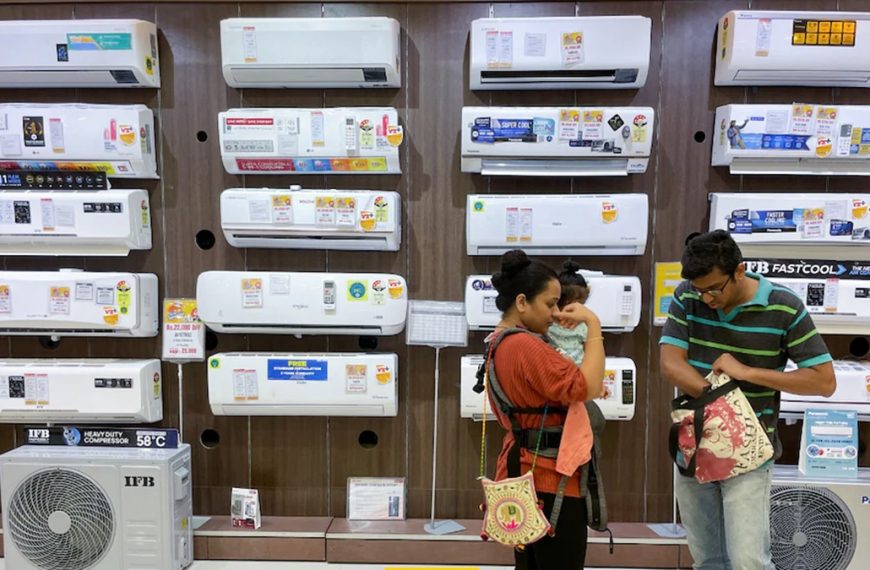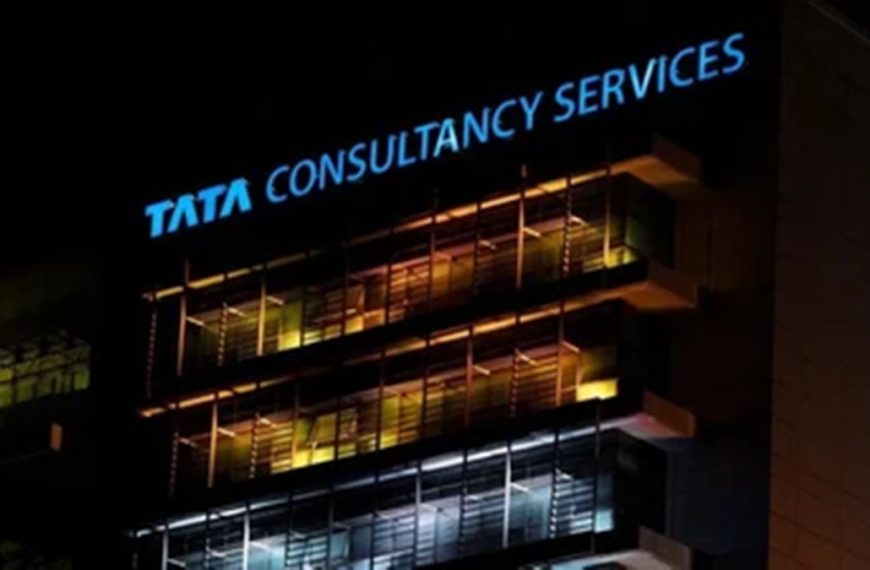India’s prominent public sector enterprises, known as "maharatna" and "navratna" companies, have shown mixed results in their corporate governance efforts, as highlighted in the latest survey conducted by Excellence Enablers. This in-depth analysis, covering four fiscal years through FY24, reveals key insights into the practices of these 38 companies, including an uptick in audit committee meetings and improved attendance at board meetings.
Positive Trends in Board Attendance
In FY24, a significant development was observed: none of the directors missed board meetings entirely, a stark contrast to FY23 when 14 directors were absent. This year, 77 directors achieved a perfect attendance record, maintaining the same level as FY23, though it falls short of the 84 directors who achieved this in FY21. Notably, independent directors (IDs) also experienced a slight uptick in attendance, with 89 IDs reporting full attendance in FY24, compared to 87 in FY23. However, this still lags behind the 95 IDs who had perfect attendance in FY21.
Importance of Auditor Independence
The report emphasizes that maintaining independence in statutory auditors is paramount. To strengthen this independence, there is a growing emphasis on minimizing or even eliminating non-audit functions performed by these auditors. Interestingly, in FY24, 17 companies refrained from paying any non-audit fees, down from 22 companies in FY21. The report also noted that across all four fiscal years, 13 companies consistently did not incur any non-audit fees.
Increase in Audit Committee Meetings
The survey indicates a notable rise in the number of audit meetings held. In FY24, 22 companies conducted more than seven audit meetings, a significant increase from 14 in FY21. The peak for any company in FY21 was 13 meetings, while both FY23 and FY24 saw a rise to 14 meetings. According to SEBI regulations, audit committees are required to meet at least four times a year, with no more than 120 days allowed between meetings. The report critiques this requirement, suggesting it is insufficient for effective oversight.
Conclusion
While there have been advancements in attendance and audit committee meetings among India’s top public sector enterprises, the focus on auditor independence and the frequency of audit meetings remains a critical area for improvement. As these companies strive to enhance governance practices, ongoing evaluation and adaptation of their strategies will be essential for achieving higher standards in corporate governance.
For more information on corporate governance best practices, you can read further on SEBI’s regulatory framework.











